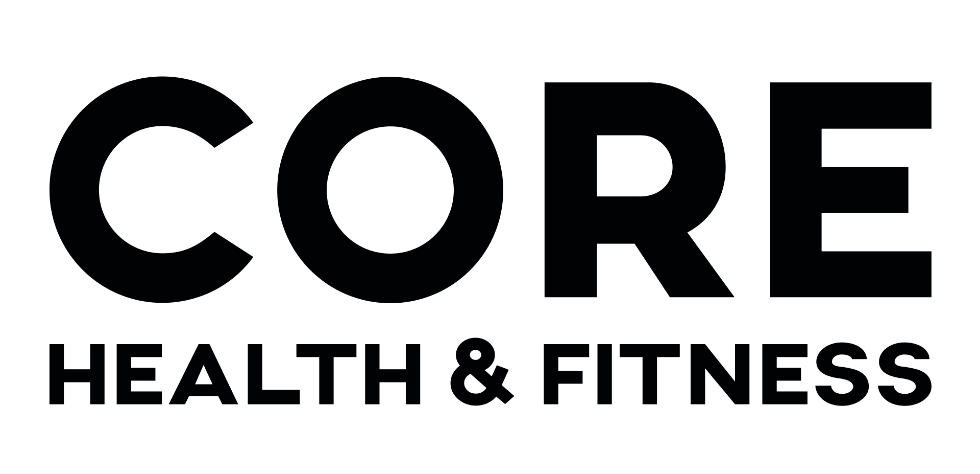With less than a couple of weeks until my first Spartan Ultra race (a 30-mile run with 70+ obstacles) for the 2020 season, my off-season is coming to an end. By off-season I don’t mean sitting on the couch watching Netflix – to me, off season is full of adventures, long, 8+ hour days outside on my feet, with various things attached on my feet; most often skis I use to go uphill on, bike pedals, running shoes, or even a combination of all of those in one day.
Off-season is important to recharge the mental capacity to compete. On race day, you have to push yourself to the limits and your brain only lets you do that so many times before your mental capacity tank is emptied, at which point no amount of physical fitness would help you reach your potential. Hence, my first priority of these winter months is to stoke the fire that gets me going through the year and remind myself of why I fell in love with mountain sports in the first place. In short – don’t do anything you don’t want to be doing in the off-season, so you fill your mental capacity tank, not drain it further.
My second priority, during the off-season is to build my endurance. My favorite races are the long kind; anything over 4 hours and I’m the happiest racer at the start line. For that, I really need my aerobic engine to be strong so it’s never the limiting factor of my performance.
Endurance takes the longest to train (think scale of years), and I don’t think you could ever stop improving. For me, it’s also the most fun to train for. Anything you can do, self-propelled, at an easy intensity, for a really long time, can be called endurance training. How fast you go doesn’t really matter, which makes endurance training social; bring all your friends of all different speeds and go on an adventure together. It’s okay if it’s a little bit slower than your usual pace – you’ll just be on your feet longer.
I live in Boulder, Colorado, where winter months bring lots of snow to the mountains, making long trail runs challenging. Therefore, the bulk of my adventure training occurs on skis. My favorite winter outdoor activity is skimo (short for ski-mountaineering), which involves going both up and down the hill on skis. To prevent sliding backwards, you put skins on the bottom of your skis which slide unidirectional – they only glide up but stick to the snow so you don’t slide back. Once you get to the top of the mountain, you remove the skins, clip your heels into bindings (they come off as you’re ascending), and ski back down. It’s a great sport to build endurance (it usually takes about an hour to get to the top of a climb, and only a couple of minutes to descent), lung capacity (most of these mountains are up at high altitudes), leg strength (nothing like hauling a couple of skis attached to heavy boots up steep slopes), all while giving your joints a break from high impact running to heal any injuries left over from the long season of running.
However, not everyone is lucky enough to have access to outdoor adventures year-round, especially in places where winter conditions are so harsh you don’t really want to spend 10 minutes, let alone 10 hours outside. You can still build your endurance inside; the key is to keep the intensity and joint impact low but the duration long. The new StairMaster 10G is great for that and below is a workout you can try in the winter months to come into the season with your aerobic engine at full capacity, your body healthy and your mind ready to race.
StairMaster 10G workout
**DISCLAIMER: This workout is not for everyone, but if you want a Tough AF workout, give this a try!
Start with 30min easy, keeping it at an effort where you could easily hold a conversation with a friend on the machine next to yours. After that, for the next 30min to 1 hour, put the 10G in OverDrive manual mode and alternate between stepping normally and using OverDrive, using the sled-push handles to lean into the steps. For the OverDrive mode, keep the intensity low – go slow. This will build muscle strength endurance while keeping you in the training zone for endurance training. Push in OverDrive for as long as you can keep your HR low – when you notice intensity creeping up, stop pushing and go back to step normally. After 30 to 60 minutes of that, switch back to normal mode and cool down at a conversational intensity for another 30 minutes.
This is a great workout to catch up with friends, Netflix shows (it is the off-season, after all), or call everyone you’ve been meaning to chat with for the past year.
Overview:
30 min easy, normal mode
30 – 60 min easy, overdrive in the sled-push configuration, switching back to normal mode to recover and keep intensity low
30 min easy, normal mode
By Rea Kolbl | Professional OCR Athlete






